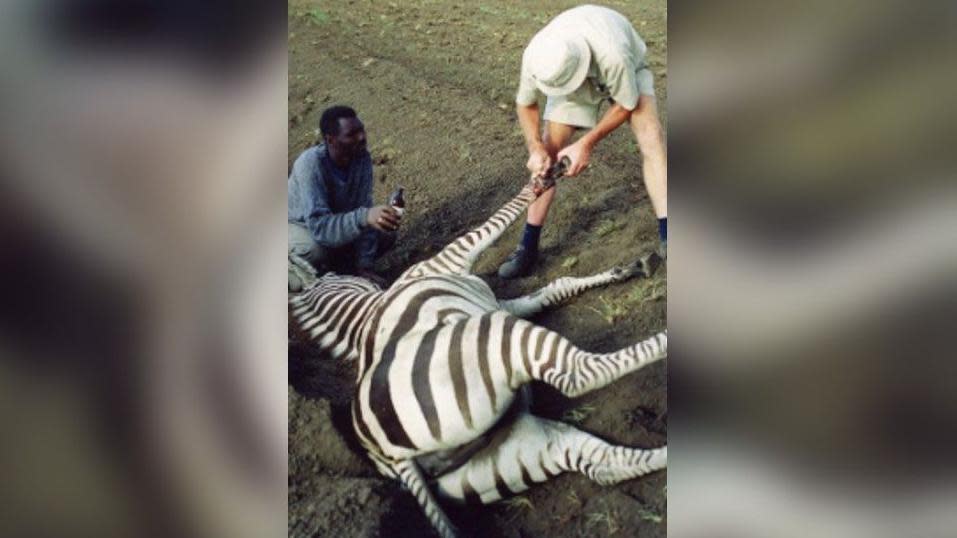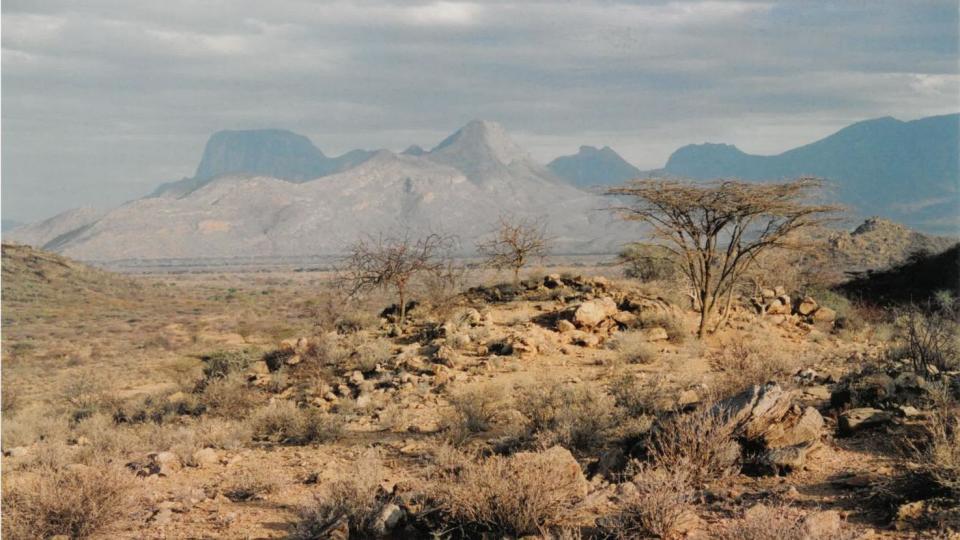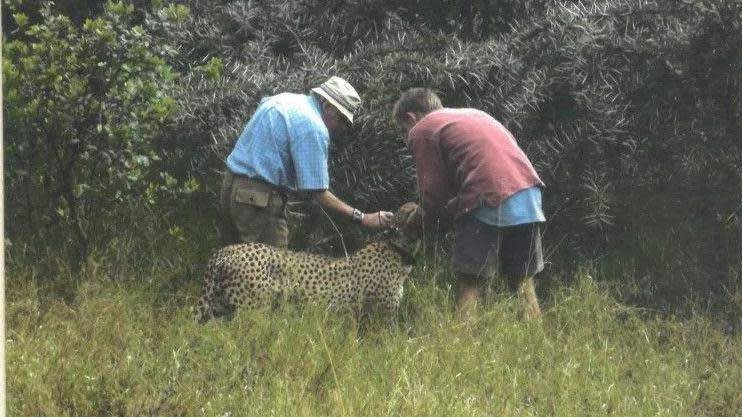A British vet who worked in Kenya for 55 years has told how he once wanted to “pee” only to see a lioness staring at him.
Hugh Cran, who lives in Somerset and trained in Edinburgh in the 1960s, was also attacked by a wild elephant.
He said that in the unforgiving environment of the Rift Valley, every day was a challenge as he traveled miles on uneven roads and carried out impromptu operations by torchlight and dirty water.
Mr Cran, who has now written a book, said: “I once got out of the car to pee and saw a lioness staring at me through the bush.”
But he said the experience only helped fuel his passion for working in the country.
Mr Cran, from Castle Cary, had applied for a position as an assistant vet in the Rift Valley shortly after completing his training.
As part of his daily work, he covered a 100 mile (160 km) radius on unpaved roads.
“I had throwing equipment with me, so I was called in to shoot captured zebras or injured lions or cheetahs with a broken leg or jaw,” he said.
“The distances were such that you couldn’t get back and forth to the practice quickly, so I had everything in my car in case of any possible emergency.”
He said he had had “many chance encounters” over the years.
“I was threatened twice; I was once attacked by an elephant on a mountain top,” he said.
“When that happened, there was no time to do anything but get out of the way.”
The second reason was his close encounter with the lioness.

Mr Cran said his interest in Africa began at a young age.
“I always loved reading about Africa, King Soloman’s Mines and stuff like that, and I always wanted to work in the tropics,” he said.
But when he took the job in Kenya, he had no idea how long he would stay there.
“I planned to stay for about a year to try things out, but I ended up staying a little longer,” he added.


As a young veterinarian, he had to quickly adapt to a completely different work environment than he was used to.
“Many mornings I would go into my office and turn on the taps, but there would be no water,” he said.
“I turned on the switch but there was no power. Sometimes the power somehow went out in the middle of the operation, like at night.”
“Veterinarians in this country would probably be horrified, but I think the results would be just as good as if you had all the equipment you get in this country.”
A breathtaking encounter
Mr. Cran was once asked to help a team film a flock of pelicans using an ultralight aircraft.
He said it was a breathtaking encounter that he never forgot.
“They were trained to follow the microlight in formation as if it were part of the herd. They were so tame and friendly,” he said.
“If the plane were to fall back, another bird would take its place in an extraordinary interaction.
“They were wonderful, wonderful birds.”


Mr. Cran kept journals about his experiences and used them to evoke the memories he retold in his book.
Rift Valley Fever, named for a mosquito-borne disease that affects humans and livestock, was published on April 25.
Follow BBC Somerset on Facebook And, X. Send us your story ideas by email or about Whatsapp on 0800 313 4630.
